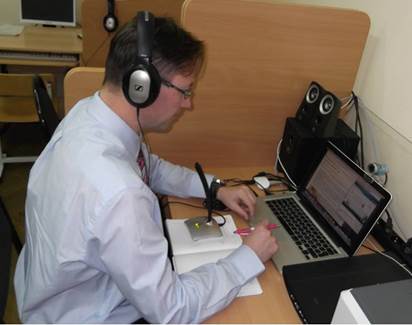Melnikova A. Continuing education from Silicon Valley: axiological analysis of the video. LIFELONG EDUCATION: The 21st Century.
2015. № 2 (10).DOI: 10.15393/j5.art.2015.2807
2015. № 2 (10).
| Issue 2 (10) | Education Management in an open global society |
 pdf-version |
Continuing education from Silicon Valley: axiological analysis of the video
 | Melnikova A D.Sc., professor of Social Psychology Department at Saint-Petersburg University of Humanities and Social Sciences (St.Petersburg) 88alla88@mail.ru |
|
Keywords: continuous education social and cultural meanings axiological analysis video sequence. |
Abstract: the article presents the author's version of cross-cultural trend development in the study of continuous education. As a research method, the author uses the analysis of the video sequence – specifically, of the drawings accompanying the website text of Deloitte's Center for the Edge, which specializes in continuing education among other things and is based in Silicon Valley. The author notices a tendency to transfer and implement the ideas generated within one culture into other countries' cultures. This process is active in the field of education. The paper emphasizes the need to analyze educational ideas of other cultures as well as general socio-cultural meanings behind them and to find out whether they are in accordance with the socio-cultural and educational meanings dominating in a receiving culture. Integrating psychological, linguistic and cultural approaches, the author offers the methodology for determining these meanings in visual images and then analyzes the video sequence featured on the website, identifying the dominant socio-cultural meanings behind the images. These meanings mediate educational values. As a result, the common semantic component of all homepage images is found. The author interprets it in the context of current values and meanings of continuing education model offered by the Centre. This component deals with three areas - the world picture as a whole, environment and human being. This common axiological component is fully consistent with the Centre's idea of staff continuous education with a pragmatic semantic message well-defined on the visual and verbal levels. The proposed research methodology and theoretical conclusions will be of interest for professionals involved in the strategy implementation of educational ideas and models of other cultures, as well as for researchers in the field of comparative pedagogy. |
Paper submitted on: 06/04/2015; Accepted on: 06/15/2015; Published online on: 06/20/2015.
Displays: 5539; Downloads: 1151;
DOI: http://dx.doi.org/10.15393/j5.art.2015.2807










